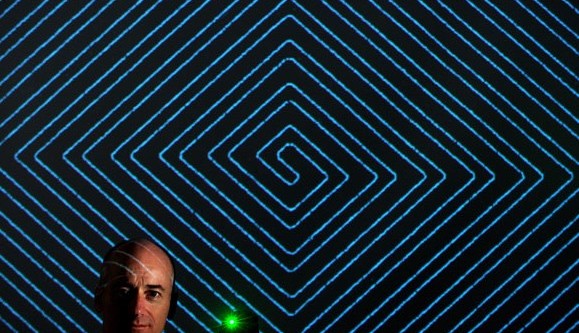Rechargeable batteries with nanowires last forever
April 27, 2016
on
on

Researchers at the University of California (USA) have developed a nanowire-based material that allow a rechargeable battery to be charged and discharged hundreds of thousands of times without any loss of capacity. This would virtually eliminate the need to replace a battery made from this material during the lifetime of the device it powers.
Researchers have long been looking for ways to use nanowires in rechargeable batteries. Nanowires are thousands of times thinner than a human hair, they are very conductive, and they have a large surface area for storing or transferring electrons. Unfortunately, these filaments are extremely fragile and prone to damage from repeated charging and discharging.
The UC researchers solved this problem by coating a gold nanowire with a layer of manganese dioxide and enclosing it in an acrylic gel electrolyte. This combination turned out to work reliably and durably. The rechargeable battery with this electrode was tested by performing 200,000 charge/discharge cycles in a period of three months, without any detectable loss of capacity or fractured nanowires.
Researchers have long been looking for ways to use nanowires in rechargeable batteries. Nanowires are thousands of times thinner than a human hair, they are very conductive, and they have a large surface area for storing or transferring electrons. Unfortunately, these filaments are extremely fragile and prone to damage from repeated charging and discharging.
The UC researchers solved this problem by coating a gold nanowire with a layer of manganese dioxide and enclosing it in an acrylic gel electrolyte. This combination turned out to work reliably and durably. The rechargeable battery with this electrode was tested by performing 200,000 charge/discharge cycles in a period of three months, without any detectable loss of capacity or fractured nanowires.
Read full article
Hide full article


Discussion (0 comments)